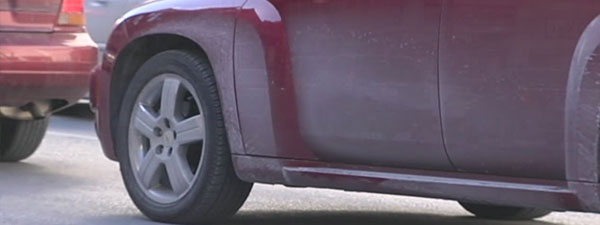Automobiles have been suffering from severe corrosion since the widespread usage of road salt from World War II. Road salt is essential for safe winter driving. It lowers the freezing point of the water so that the car tire doesn’t get a slide on top of the ice formed. Among the various side effects of salting, vehicle corrosion is by far considered the best known, and the most studied and it is typically the largest component in estimates of the overall cost. It was also proved that without rustproofing, the car’s exterior trim is not resistant to the development of rust.
The damages caused by rust/corrosion can be divided into three categories.
Functional damage
Corrosion causes loss of the operating performance such as corrosion of brake linings and bumper support system.
Structural damage
Refers to the loss of the structural integrity in the car such as holes in the body panels and the frame.
Cosmetic damage
Corrosion also affects the appearance of the vehicle by rust staining the painted bodies of the car.
The major factor that contributes to the rusted-out vehicles in many northern states of America is identified as road salt. Other contributors that make it hard to stop rusting in cars may include sea spray in the coastal areas, chemicals used for dust control, and atmospheric pollutants. The pollutants such as nitrogen-di-oxide and sulfur-di-oxide increase the acidity of the environment thereby lowering the pH. This increases the corrosive nature of the surrounding.

